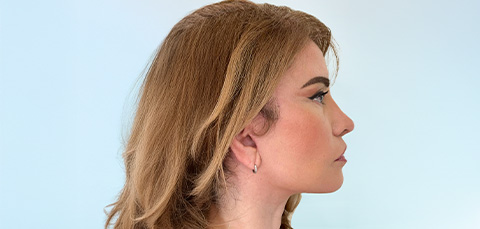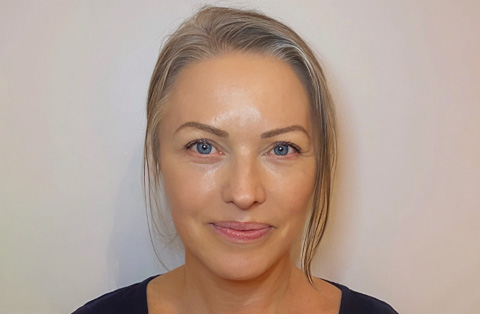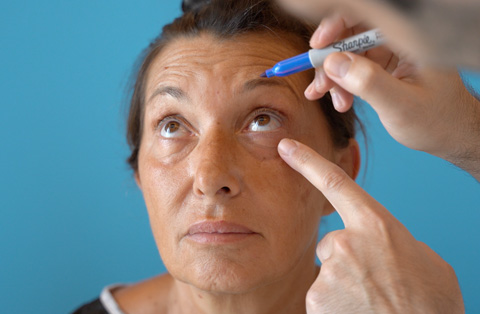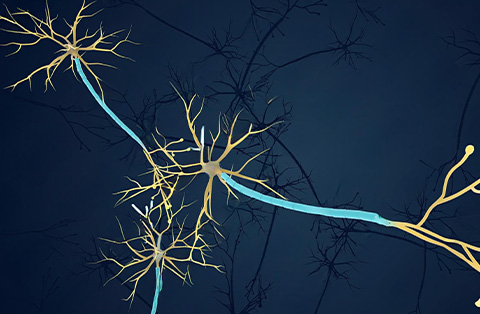The goal of modern facial rejuvenation is not to change who you are, but to restore your appearance to a more youthful version of yourself. Among the most effective and long-lasting surgical options is the SMAS facelift, a sophisticated technique that addresses the underlying structures of the face to produce natural, significant results.
The Science of Facial Aging
As we age, our faces undergo predictable changes that go far beyond fine lines and wrinkles on the skin's surface. To understand why a SMAS facelift is so effective, it's important to first understand the aging process:
- Skin Laxity: The skin, our body's largest organ, loses collagen and elastin over time. This results in decreased firmness, elasticity, and the formation of wrinkles.
- Volume Loss and Fat Pad Migration: The face has multiple distinct fat compartments that give it youthful volume and contours. With age, these fat pads atrophy (shrink) and descend due to gravity, leading to hollows under the eyes, deeper nasolabial folds (smile lines), and jowls along the jawline.
- Structural Sagging: Deeper facial structures, including muscles and connective tissues, weaken and stretch. This leads to a general drooping or sagging of the facial features.

What is the SMAS?
The key to a modern facelift lies beneath the skin. The Superficial Muscular Aponeurotic System (SMAS) is a strong, organized layer of tissue that covers the deeper structures of the face. It's a network of muscle, fat, and fascia that is interconnected with the overlying skin.
Think of the SMAS as a foundational layer. While a "skin-only" facelift simply pulls the skin taut, it fails to address the sagging of this deeper foundation. Over time, the skin will just stretch out again. The SMAS facelift was developed to correct this fundamental issue by repositioning the SMAS layer itself.

The SMAS Facelift Procedure: How It Works
The SMAS facelift technique, pioneered in the 1980s based on the work of Dr. Tord Skoog, involves more than just skin removal. During the procedure:
- Incisions are discreetly placed, typically along the hairline and around the natural contours of the ear.
- The skin is carefully separated from the underlying SMAS layer.
- The surgeon then lifts and repositions the SMAS layer, securing it in a more youthful, elevated position with sutures. This is the most critical step, as it lifts the cheeks, improves the nasolabial folds, and redefines the jawline.
- Once the foundational SMAS is secure, the overlying skin is re-draped smoothly, and any excess is trimmed. This is done without tension, which is the key to avoiding a "pulled" or "wind-swept" look.
By repositioning the SMAS, the procedure provides a true structural lift, creating results that are both dramatic and remarkably natural.
Advanced Techniques: The Extended High SMAS
Plastic surgery is constantly evolving. A further refinement of this technique is the Extended High SMAS facelift. This advanced procedure involves a more extensive release and elevation of the SMAS layer, carrying the lift higher up into the mid-face and cheek area. This can produce powerful, seamless rejuvenation, particularly for patients with significant mid-face sagging and cheek descent.
Key Benefits of the SMAS Facelift
- Natural-Looking Results: By lifting the deep tissue instead of just pulling the skin, the results appear refreshed, not operated on.
- Long-Lasting Effects: Because the underlying facial structure is repositioned, the results of a SMAS facelift are significantly more durable than those from less invasive procedures.
- Comprehensive Rejuvenation: It effectively addresses major signs of aging, including jowls, deep wrinkles, nasolabial folds, and sagging cheeks.
- Improved Jawline and Neck Contour: The technique inherently provides a powerful lift to the lower face and often incorporates a neck lift for a harmonious result.
Who is an Ideal Candidate?
A SMAS facelift is best suited for individuals, typically in their 40s to 70s, who are experiencing moderate to significant facial sagging and are in good overall health. Ideal candidates have:
- Noticeable jowling or a poorly defined jawline.
- Deep nasolabial folds and marionette lines.
- Sagging or descended cheeks (mid-face drooping).
- Realistic expectations and a positive outlook.
A consultation with a board-certified plastic surgeon is the only way to determine if this procedure is the right choice for your specific anatomy and goals.






